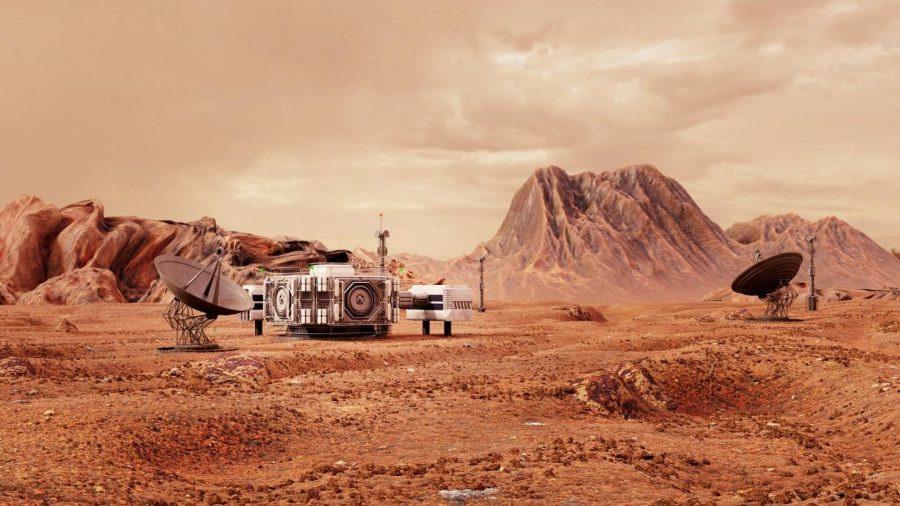Are We From Mars?
November 16, 2021
Alfonso Davila of the NASA Ames Research Center examines the chance of microbial life being transported between Earth and Mars in a new research published in the journal Astrobiology, and what this could mean for efforts to find life on Mars. The issue is particularly pertinent as NASA’s Perseverance rover searches for fossils in Jezero Crater and the European Space Agency prepares to launch its Rosalind Franklin Mars rover next year.
Both rovers are looking for indications of life in the ancient Martian landscape, which had three distinct periods of possible habitability, according to a new report by Allan Treiman of the Lunar and Planetary Institute in Houston. Treiman’s findings back up Davila’s, indicating that any microbial life transfer from one planet to another, known as panspermia, most likely occurred around the same time period, early in Martian history. Not only were the environmental conditions ideal at the period, but asteroid collisions between Earth and Mars were more common.
According to Davila, the biochemistry of any potential Martian life forms would be determined by the time of panspermia. As a result, the method of life detection is most appropriate. The chances of a transfer would have been great if the exchange took place before the Last Universal Common Ancestor of life arrived on Earth. However, the chances of such primitive organisms, which may not have yet “created” DNA, surviving the journey are slim.These (now) Martian life—or pre-life—forms would be expected to share a shared molecular base with life on Earth, but otherwise may be extremely different, as they would have evolved along divergent evolutionary paths. That has an impact on the size of the net we cast in our quest for “life” on Mars.
Panspermia would have the best chance of succeeding shortly after LUCA developed, around 3.9 billion to 3.5 billion years ago. Asteroid bombardment at the time resulted in a large interchange of planetary mass, and bacteria or archaea living on Earth were robust enough to survive space travel. On Mars, any immigrants from Earth would have discovered a livable environment.
Panspermia would be less likely after about 3.5 billion years ago, because the amount of material transferred decreased significantly, and most of Mars became hyperarid and uninhabitable. However, it is possible that it was not impossible. If the transfer took place after LUCA, the blueprint for how life works would have been well established, and we wouldn’t expect significant biochemical alterations once we were on Mars. We might even be able to pin fossil evidence of Martian life someplace on Earth’s tree of life if we find it. The closer Martian creatures are to those on our own planet, the later the panspermia occurs.
Of course, there’s still a chance that life on Mars evolved independently. In that situation, biochemistry on the two planets might be very different, making life detection the most difficult (but also the most exciting) option. And the scientific benefits would be greatest, because we’d get a peek of what might be universal life features and how they change in different planetary environments. It would also imply that life is widespread throughout the universe.
Which path of panspermia was the most likely? According to Davila’s calculations, the transfer of rocks containing viable microbes from Mars to Earth was about 100 times more often than the transfer of rocks containing viable germs from Mars to Earth! The term “viable” here refers to a transmitting rock with a diameter of at least three meters, large enough to shield hibernating microorganisms from radiation during their 10-million-year interplanetary journey. This is due to the fact that Martian gravity is weaker, making it easier for pebbles to exit the planet and “fall” gravitationally inward toward the Sun (and Earth).
All of this prompted California Institute of Technology’s Joseph Kirschvink and Benjamin Weiss to conclude in a major paper released 20 years ago that our distant microbial ancestors most likely migrated from Mars, not the other way around. I believe there’s a good probability they were correct!
